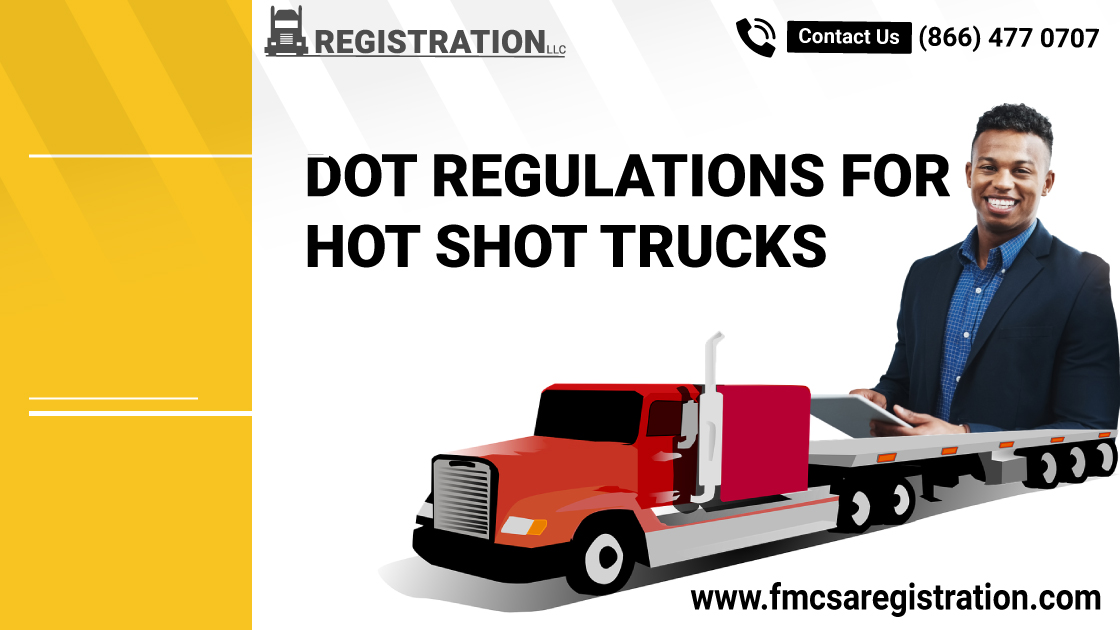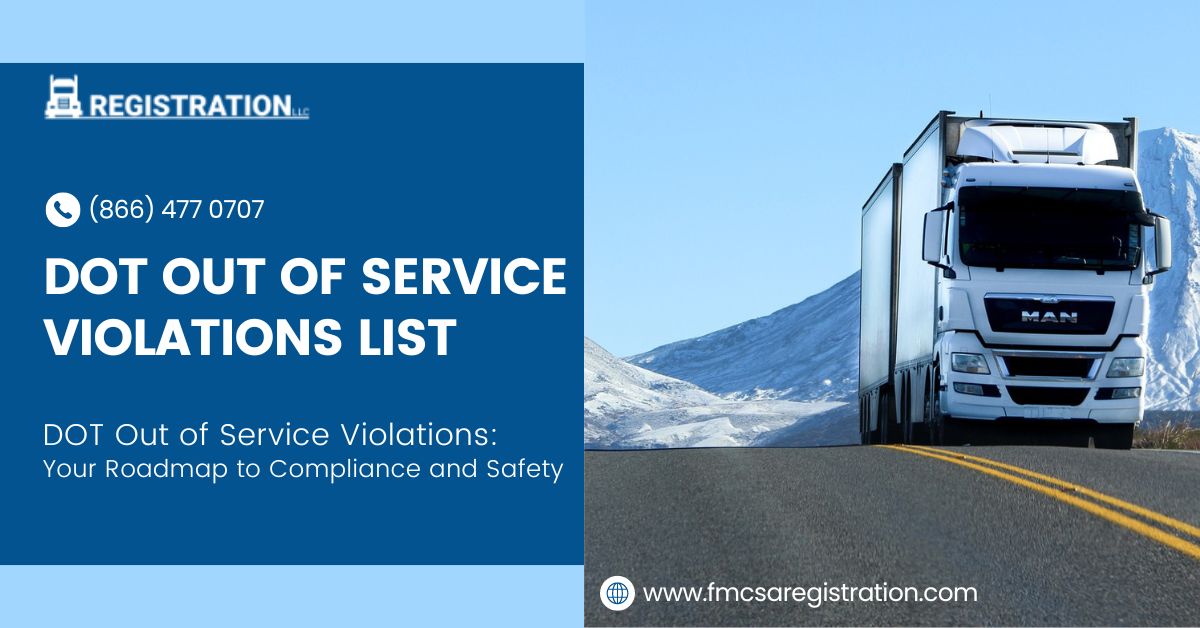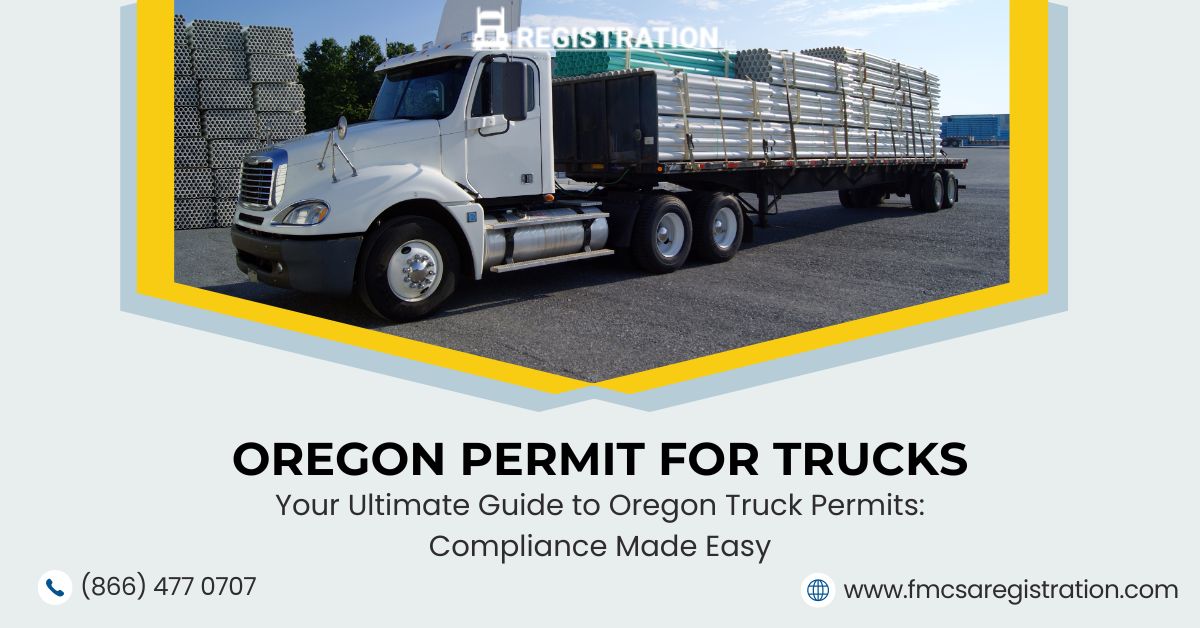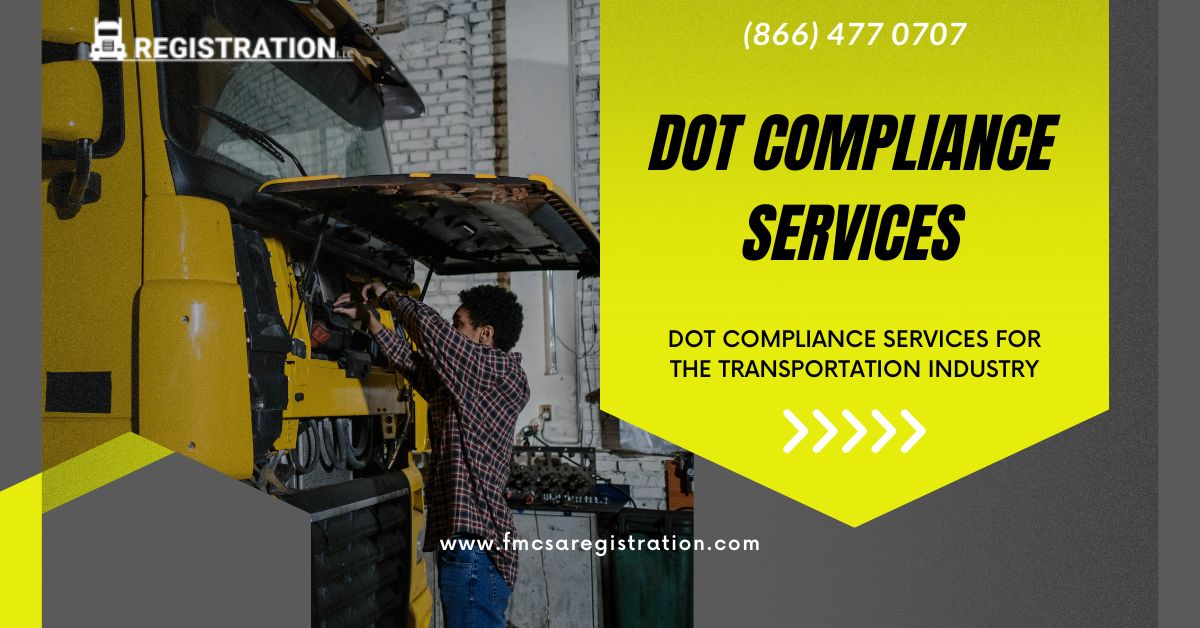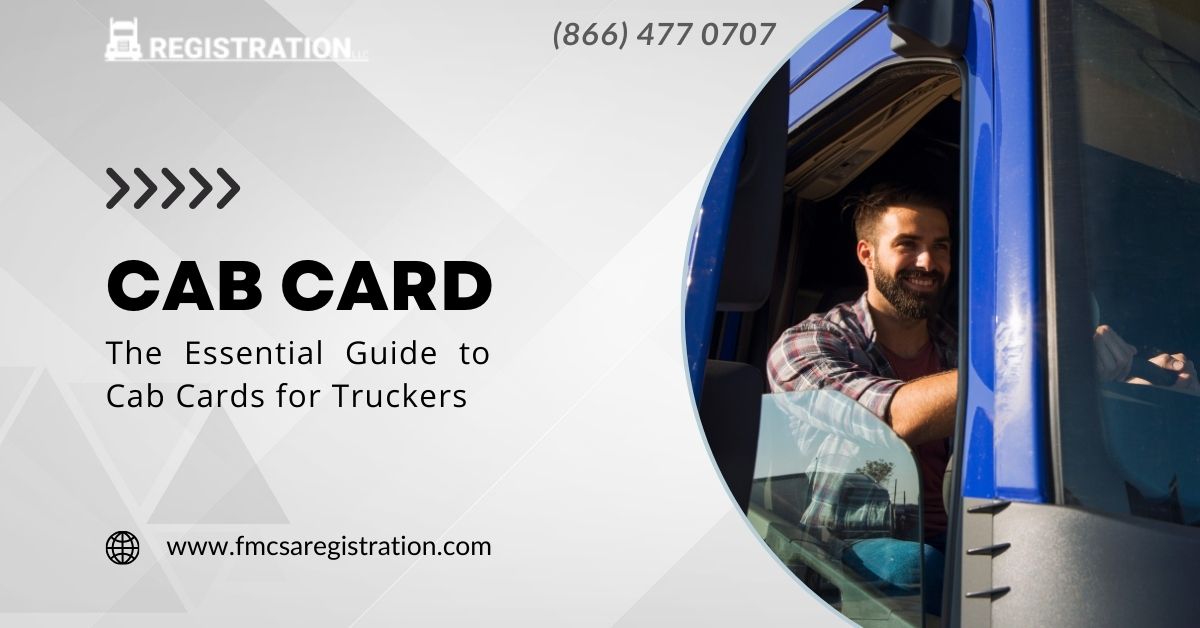DOT Regulations
Written by Frank Balbuena Published on May 12, 2021, 6:49 p.m.

DOT Regulations and Rules
Trucking companies must adhere to all DOT regulations and rules. The USDOT and FMCSA have many requirements for carriers. These regulations oversee how truck drivers will operate across the United States. Staying up-to-date with DOT regulations is always a challenge. Every trucking company must maintain 100 percent compliance at all times. Plus, each motor carrier has to ensure the well-being of truck drivers. Obtaining a Commercial Driver's License (CDL) is a foundational requirement for operating a Commercial Motor Vehicle (CMV). In addition to holding a CDL, carriers must comply with Unified Carrier Registrations to ensure seamless interstate operations.
So, what DOT regulations exist for carriers and truck drivers? And how can a trucking company maintain DOT and FMCSA compliance? The answers to these questions are below. Speaking of questions, feel free to call our organization if you have some. Our trucking industry experts maintain a database of all DOT compliance regulations. The Federal Motor Carrier Safety Administration (FMCSA) plays a pivotal role in establishing and enforcing safety standards for commercial drivers and their vehicles.
What Are DOT Regulations & Rules?
The US government provides a series of regulations and rules for the safety of truck drivers. The DOT and FMCSA are both responsible for providing each regulation. Every motor carrier has to follow the regulations and rules at all times. Plus, a carrier must make sure that its drivers know about the regulations. So, what types of regulations does the DOT put in place? Let’s explore some crucial USDOT rules and policies.
General hours of service matter to the DOT. The DOT always focuses on regulations and rules related to hours of service. These rules state how long each driver can drive a commercial motor vehicle. They also provide a structure for how long a truck driver can serve on duty. Here is an example of this DOT regulation. A driver has to take a thirty-minute break after logging eight hours. This way, a driver won’t get too tired or suffer a trucking accident.
Here’s another crucial DOT regulation. Truck drivers cannot operate a vehicle for more than eleven hours in one work day. Although, there are a few minor exceptions to this regulation. All drivers have a standard sixty-hour work limit each week. It can get reset to thirty-four consecutive hours off-duty. This can take place every 168 hours. These are only a few examples of DOT regulations and rules. Of course, there are dozens of other DOT regulations to keep in mind. Please contact our organization for a complete list of regulations. We can supply both USDOT and FMCSA rules and regulations.
Regulations for Driver Qualifications
Any new truck driver planning to drive across the US must meet DOT qualifications. That’s because the DOT uses specific qualifications and requirements. These DOT requirements apply to all new truck drivers. They refer to the official DOT Rules and Regulations. Each state has its own list of DOT Rules and Regulations. And every driver must use a state-issued driver’s license. But that’s not the only license that most commercial truck drivers need. Most trucking companies have internal policies related to stricter requirements. Those requirements concern DOT and FMCSA licensing. Here is an example. Say a truck driver wants to keep operating a truck that weighs more than 26,000 pounds. That driver must secure a CDL: Commercial Driver’s License. Otherwise, the driver cannot operate this classification of motor vehicle.
Adhering to DOT regulations is about more than having the right license. Drivers must also meet certain DOT health requirements. This way, they can take part in operating a truck with safety in mind. Here is an example. Each driver needs to have 20/40 vision. Or, the driver must have proper lenses. Wait, the DOT even demands more. The driver must have good hearing ability. Passing DOT compliance training is another crucial DOT rule. Drivers must have a great understanding of the English language. Why? Because each driver must fill out DOT documents and reports. Plus, every truck driver has to read many different signs while operating on the road. The DOT also has regulations about communication between drivers and other workers. Drug and alcohol testing is another crucial DOT regulation. Every carrier must set up a DOT drug and alcohol testing consortium. Say that a driver received a conviction of a felony related to drugs or alcohol. That driver cannot receive or maintain a CDL license.
The Procedure of DOT Compliance
You now have a basic understanding of what DOT regulations and rules are. Also, you now know how DOT rules and regulations apply to truck drivers. It's time for your trucking company to go through a standard DOT compliance procedure. Why? So your carrier can ensure it adheres to all DOT rules and regulations. Remember, they apply not only to transportation companies but also to drivers. By integrating these essential elements, the transportation industry upholds a commitment to safety and regulatory compliance, fostering a secure environment for both drivers and the public.
So, what is the first step of the DOT compliance process? It is conducting a thorough analysis of all regulations. These regulations apply to both drivers and carriers. Both of them have to stay on top of DOT and FMCSA rules. Keep in mind that the DOT makes changes to rules and regulations in a consistent manner. If you struggle to keep up with these rules and regulation changes, our organization will help you. We can assist you in going through DOT regulations at any time. This way, you’ll stay aware of changes as your carrier continues to adhere to DOT requirements.
The DOT Regulation & Compliance Checklist
One mission of our firm is to make regulations easy for carriers to understand. That’s why we’ve created a brief DOT regulation and compliance checklist. You can use it as a reminder of which DOT rules to keep up with. You might want to feature a printed copy of FMCSA and DOT rules in your office. This way, your trucking workers can access them at any time. You could even provide a copy to each truck driver. It’s best for every driver to memorize DOT rules and regulations. Please contact our organization for the complete checklist. Here are the most important DOT rule concepts to keep in mind:
-Put a vehicle maintenance program in place to prevent surprise truck breakdowns.
-Conduct thorough inspections of motor vehicles before and after all trips.
-Track every trucking incident and work hard to prevent it from happening again.
-Maintain records about driver qualifications and history. This relates to all incidents involving a truck.
-Compile on-duty hours and related information about each driver operating a truck.
-Conduct a drug and alcohol test on each driver. Do so in a consistent manner that adheres to DOT safety regulations. This will do more than ensure DOT compliance, it will prevent tragic accidents. Also, conduct a drug and alcohol test on carrier supervisors, per the DOT.
What Is a DOT Regulation?
Each regulation by the DOT refers to official DOT compliance measures. Every trucking company in the industry has to adhere to certain USDOT requirements. After all, the USDOT is a federal agency that enforces trucking and carrier rules. The DOT governs all processes related to operating commercial motor vehicles. Failing to stay DOT compliant can lead to at least one DOT rule violation. Then, a motor carrier can receive DOT fines and/or penalties.
What Are the New DOT Physical Requirements?
Keep the following information in mind when a driver has to take a DOT physical exam. The DOT exam will analyze vision, color distinction, and hearing. But that’s not all. The DOT has other physical regulations in place. The exam will assess blood pressure, medications, and cardiovascular health. Even physical insurance and urinalysis are monitored by the DOT.
What Are the DOT Rules for Truck Drivers?
The DOT has regulations in place when it comes to truck drivers operating vehicles. Let’s go over the standard DOT requirements for all CDL truck drivers. Each truck driver has to have a non-commercial, valid driver’s license. The age of each truck driver has to exceed 18. In fact, a driver’s age must exceed 21 to operate across state lines. (Or, to transport hazardous materials over state lines.) A driver needs to have at least one or two years of driving experience. No driver can have suspensions on his or her DT record. Plus, every truck driver needs to secure a valid medical examiner's certificate.
What Is Required for DOT Compliance?
The issues of DOT and driver compliance are crucial for the success of every carrier. That’s why each driver should have a copy of all FMCSA rules. Your very own carrier can collect a signed agreement from every driver. This way, the driver will document that he or she understands responsibilities. These responsibilities relate to all DOT and FMCSA rules. Each motor carrier should also hold onto a record of safety history. But that's not the only DOT-related record to maintain. A trucking company should also compile driver qualification files. Make sure that you record the DOT HOS (hours of service) for each driver.
Who Has To Comply With DOT & FMCSA Regulations?
FMCSA and Department of Transportation rules apply to almost all motor vehicles. These are vehicles that register with the DOT to get their own USDOT Number. Anyone operating a commercial vehicle must keep regulations in mind. The DOT provides a series of guidelines that each trucking company can access. The guidelines apply to motor vehicles of all DOT and FMCSA classifications. This includes vehicles that transport hazardous materials. (It’s for either interstate or intrastate transportation.) Is there a vehicle in your fleet with a GVW above 10,001 pounds? If so, that vehicle must adhere to all DOT rules and regulations. That’s also the case for commercial vehicles that transport passengers.
Almost any vehicle within interstate commerce is subject to every DOT regulation. States can make intrastate commercial motor vehicle registrants get a USDOT number. Do you need more information about the DOT, DOT violations, and the FMCSA? If so, please contact our organization. We can go regulation by regulation to ensure you stay in full DOT compliance.
Contact Us With Questions About DOT Rules & Regulations
Does your trucking business have questions about how to follow DOT regulations? If so, our trucking industry experts are here to help. We can go regulation by regulation and rule by rule at any time. This way, your carrier will know how to maintain great standing with the DOT. But that’s not all our compliance services can do.
Our experts can help you register with the DOT and complete the paperwork. This can save any motor carrier both time and money. We provide a wide variety of trucking packages on our website. Each package features crucial DOT registration that any company in the US needs. Please give us a call right now to learn more about DOT regulation information. We look forward to helping your trucking company succeed.
Our Organization Can Also Help You Keep Up With FMCSA Regulations
The FMCSA functions as an official agency of the DOT. FMCSA stands for “Federal Motor Carrier Safety Administration.” The FMCSA regulates many trucking industry guidelines. These include the number of hours truck drivers can operate a vehicle per day. This refers to hours of service rules. Our organization is here to help you follow all FMCSA rules and regulations. We know how confusing it is to adhere to both DOT and FMCSA compliance measures. That’s why we encourage you to contact us at any time. We’re here to help keep both your drivers and company in great government standing. When helping carriers succeed, we always refer to the Federal Register and CFR. (US Code of Federal Regulations.) We’ll assist your business in staying up-to-date on all CFR, DOT, and FMCSA policies.
